While the word “Valve” is a simple one, the object itself is made up of different body parts: end connections, discs/plates, seats and a whole range of building materials and types. Naturally, this makes it quite confounding to select the right valve for a specific application for most people.
Sanitary valve is a member of the huge valve family. It’s the standard choice for industries that rely on clean and sterile processing, like food, beverage, dairy, chemical and pharmaceutical applications. The standard features of sanitary valves include a polished inner surface, easy to clean and, if not completely without, crevice rate. As a manufacturer and supplier of valves, SIMPLE VALVES prefers when their customers are aware of the following six tips that help them in selecting the right sanitary valve.
Tip #1 – The Application – Specific Valve Types
Based on their purposes, sanitary valves are classified under the following types:
Sanitary butterfly valves are primarily comprised of a circular metal disc that pivots around an axis, set on a metal shaft. The disc moves at an angle with the flow and the shaft can be rotated to seal the valve body. The main purpose of butterfly valves is to control the flow via throttling principle. Both the body and the circular disc are made of stainless steel, the latter of which sits in the center of the former.
Sanitary ball valves belong more to the “tight shut-off” category. These valves specialize in maintaining flow pressure, keeping its drop to a minimum. For this feature, ball valves are best for tasks that require the handling of viscous fluids or fluids that contain food or chemical particles or chunks. Brewing, dairy and pharmaceutical companies almost always go for ball valves.
Sanitary check valve, also commonly known as “no-return valves”, a check valve restricts reverse flow to minimal, which means the supposed output never doubles back to mix with the input. In addition, they use the cracking pressure feature, which is the minimum pressure difference between the inlet and the outlet that activates, or deactivates, the valve. Based on the valve’s design, this pressure point can be specified.
Sanitary diaphragm valves are made of two diaphragms or gaskets. A sanitary diaphragm valve completely isolates the input fluid from the environment, as well as the motion-operating components of the valves, and thus ensures against the contamination of the fluid and the efficiency-compromization of the valve due to interference-oriented errors. A properly chosen diaphragm valve can withstand a high level of steam and ensure durability. The 2/3-way, multiport designs are often preferred by purity-based biopharmaceutical industries.
A sanitary angle seat valve is activated by lifting the seal from a seat that sits at an angle with the flow direction. The angle ensures maximum flow pressure, which is particularly important for applications that require a steady flow of pressured fluid and high temperature. Angle seat valves are operated with a linear-functioning actuator (handwheel) that works either manually or pneumatically.
Sanitary seat valves are pretty much an offshoot of the angle valves, these pneumatically controlled (compressed air/steam shifts the open/close position) and automatically operated valves feature either a single-acting or a double-acting actuator.
Sanitary globe valves are round-bodied, linear-motion valves which regulate the flow rate by using the throttling principle.
Sanitary sampling valves, as the name suggests, are usually fitted to a tank or pipeline to take out and examine samples. When fitted at the bottom of a tank, a sampling valve can also be used to drain away the organic/chemical remains of the finished product.
Sanitary constant pressure valves specialize at maintaining a pre-determined pressure at inlet and outlet ports and are widely used in tank systems, separators and other similar equipment. These can maintain a maximum pressure rate of 174psi (12bar).
.
Sanitary pressure relief valves are fitted to systems that rely on relief from overpressure to stay operational. Relieving pressure is also important to prevent equipment breakdown. When this quality is coupled with a stainless-steel design, pressure relief valves are best purposed for food/dairy, chemical and pharmaceutical industries.
Sanitary tank bottom valves are fitted at the bottom of a tank system and hence most popular among dairy/food-processing, fine chemical and pharmaceutical industries.
Tip #2 – Matching the Pipeline – Valve Connection
Sanitary valves feature a wide range of end connections including butt-weld, tri-clamp, flanged, I-line and threaded connections. Your chosen end connection must not only match the connection point of the pipework itself but also the temperature and pressure of the liquid it’d have to handle, as well as the valve’s usage and dismantling frequency. Durability is always preferable but you must also know by how much.
Tip #3 – The Building Material
Sanitary valves come in either metal or plastic bodies; the former include stainless steel, bronze, ductile iron, brass, copper and cast iron and the latter include PVC and CPVC.
When it comes to acid-resistant and stainless steel, American Standard, or AISI, is the most frequently used material. These steels are categorized under different series, which feature some particular characteristic. All the SIMPLE VALVES sanitary valves, like 304, 304L, 316 and 316L, are made of the 300 series AISI stainless steel. Let’s take a closer look at these.
304/304L
The AISI 304 is an austenitic stainless-steel line that was first formulated to be used in wrought products. The UNS number of this AISI designation is S30400. In addition, the British Standard and French (AFNOR) designations for the material are 304S15 and Z7Cn18-09 respectively.
The 304 and 304L alloys are extremely similar except for a defining aspect: the carbon percentage. The maximum carbon percentage of 304 (SS) is 0.08% whereas, for the 304L alloy, it’s only 0.03%. Traditionally, the “L” of 304L is interpreted as “extra low” for the low presence of carbon.
316/316L
Like 304, the AISI 316 is an austenitic stainless steel line. However, unlike 304, the cells of 316 are face centered cubic, which makes the material more durable than many of its kind. In the annealed or “soft” condition, 316 is non-magnetic. The material can be hardened only through cold working. To make it more resistant to corrosion, especially, corrosion influenced by chloride, molybdenum has been added to its construction.
The other variant, the 316L alloy, is even more resistant to corrosion when used in welded structures. The difference between the two alloys again comes down to their carbon levels. The welding-suitable AISI 316L has a maximum carbon level of 0.03% whereas 316’s carbon level ranges around the medium.
Tip #4 – The Resistance – Based Seal/Seat Material
The most frequently used rubber for technical applications is NBR, thanks to its high resistance against oil, grease and other such hydrocarbons. Capable of withstanding temperature as high as 230 °F, NBR is also resistant against nitric acid and diluted lye. However, it is affected by ozone and hence exposure to ultraviolet rays can be detrimental.
[/fusion_tab][fusion_tab title=”EPDM” icon=””]Short for Ethylene Propylene, EPDM is resistant against most materials used in the manufacturing of food products. In addition, it’s also resistant against high temperature (about 300 °F). For these two reasons, EPDM is vastly popular in the food industries. However, it does have a pitfall that cuts that advantage quite short. While resistant to ozone, EPDM isn’t durable at all against organic or non-organic hydrocarbons like fat and oil.
[/fusion_tab][fusion_tab title=”SILICONE” icon=””]Silicone is the most temperature-flexible material that can be used in the making of seats and seals. The material can retain its elasticity when placed anywhere between -80 °F and a tremendous 450 °F. Silicone is resistant against most common detrimental elements except for acids, undiluted lye and steam, which can actually destroy a silicone based rubber. However, its ozone resistance is pretty high.
[/fusion_tab][fusion_tab title=”VITON (FPM)” icon=””]When rubber based seals need to endure high temperature and silicone isn’t an option, FPM, which can stand up to 400 °F, is the obvious choice. It’s strong against ozone and chemicals but weak against alcohol, acid, steam and lye.
[/fusion_tab][fusion_tab title=”TEFLON (PTFE)” icon=””]A synthetic fluoropolymer of tetrafluoroethylene and a high-molecular weight-compound of fluorine and carbon, polytetrafluoroethylene (PTFE) is a hydrophobic fluorocarbon solid, which means it’s resistant against all kinds of water and water-based wetness. Its coefficient of friction is one of the lowest displayed by any solid.
[/fusion_tab][/fusion_tabs]Tip # 5 – Inner Surface Finish and Modifications
In addition to valves, sanitary components like fittings and tubes require a proper and smooth interior finish since it makes the object much easier to clean, which helps in keeping the whole application sterile. There are different kinds of finish available in the market but before getting to them, you should know about two terms: Grit and Ra.
Grit is the standard for measuring the surface scratches in per linear inches in abrasive pads. The higher the Grit measure of a surface is, the smoother is its finish.
On the other hand, Ra, also known as Arithmetic Mean, measures the average number of peaks and valleys on a surface. Unlike Grit, the lower the Ra is, the smoother the finish is.
The standard Ra for inter surface finish in dairy/food-processing markets is 32. This “minimal piping standard” was set by 3A, the organization that determines standards for dairy industries. Most pharmaceutical and biopharmaceutical companies use the ASME BPE standard instead of Grit and Ra to measure their surface finishes. Based on surface scratches and peak/valley rate, ASME BPE specifies 7 surface finishes.
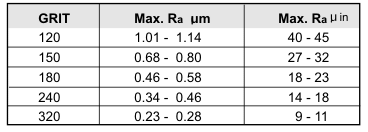
Grit: measures the number of scratches per linear Inch Of abrasive pad. Higher numbers indicate a smoother finish
Ra: known as the Arithmetic Mean, this measurement represents the average value of peaks and valleys. Lower number indicate a smooth finish.
Tip #6 – Valve Actuation
In addition to manual operation, sanitary valves also feature electric and pneumatic actuation. For “intelligent control,” they can also be fitted with C-TOP (think-top) and IL-TOP (positioner) modules.
As a manufacturer of stainless steel sanitary valves, SIMPLE VALVES aims to arm its potential customers with information that would help them in making an informed decision.
If you would like to contact one of our sales representatives, please feel free to email us at sales@simplevalves.com or submit your request directly in below form.
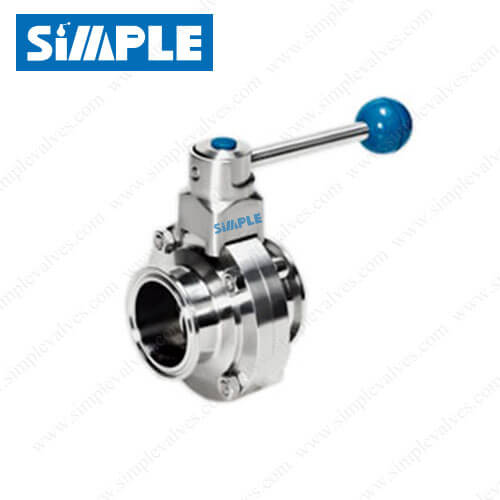
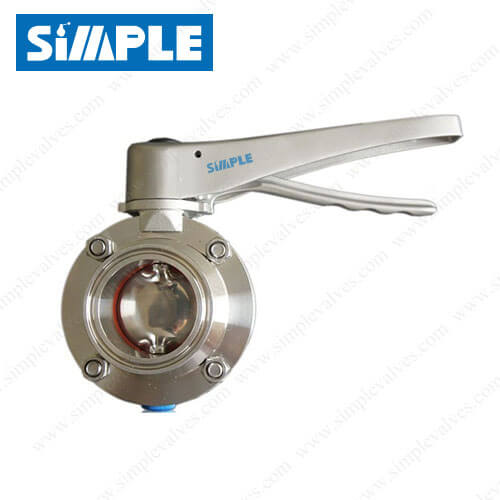
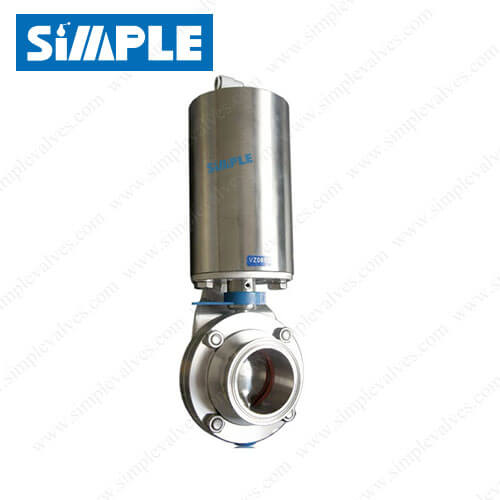
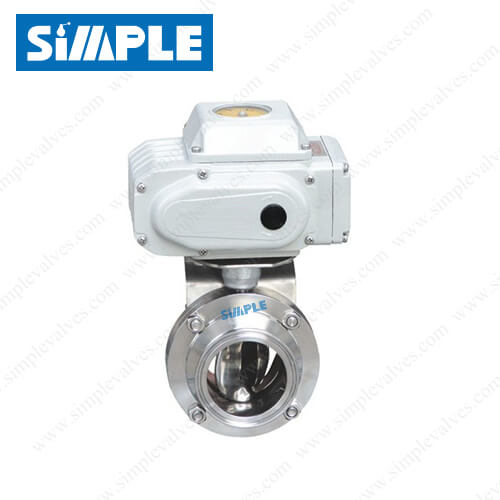
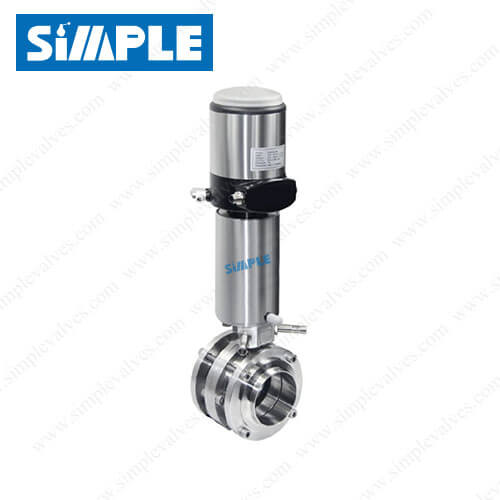
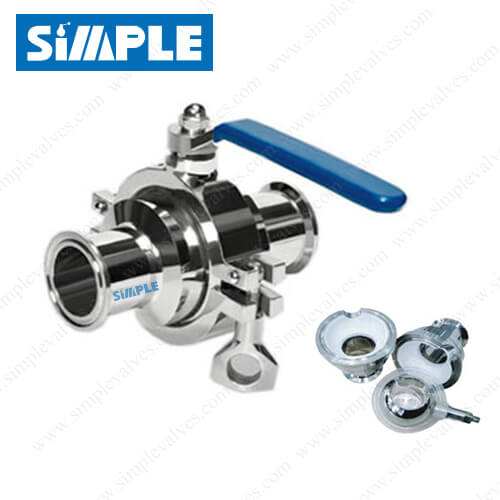
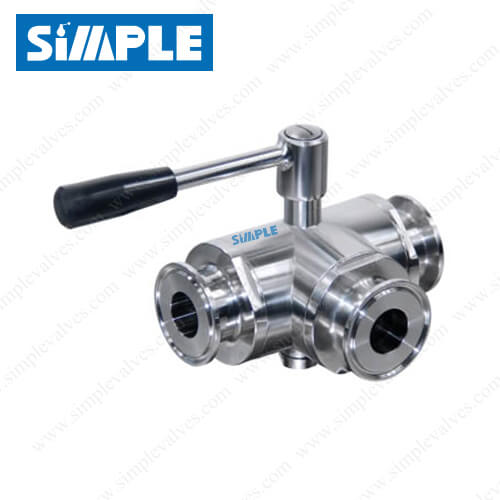
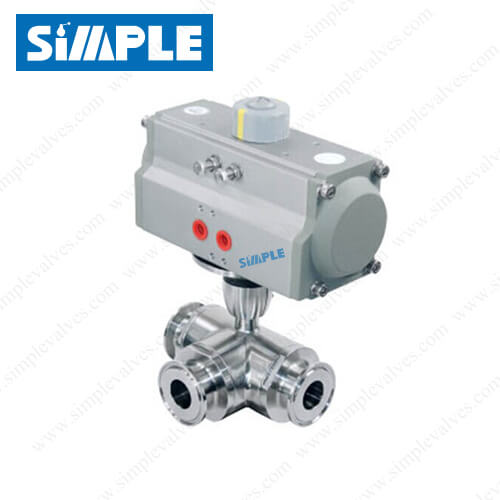
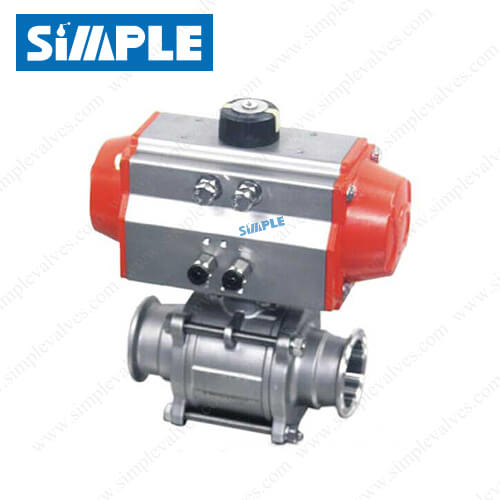
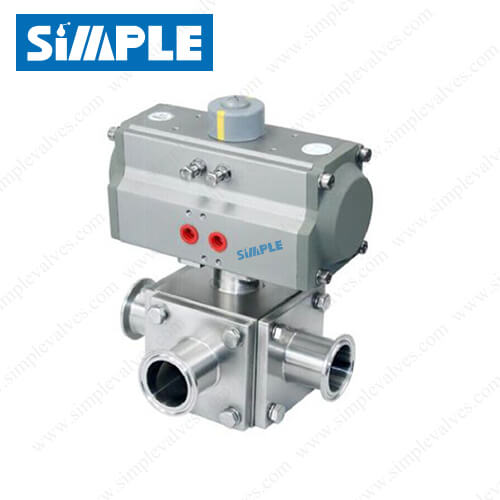
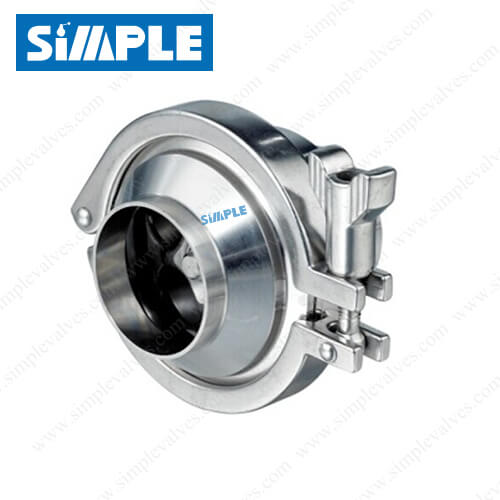
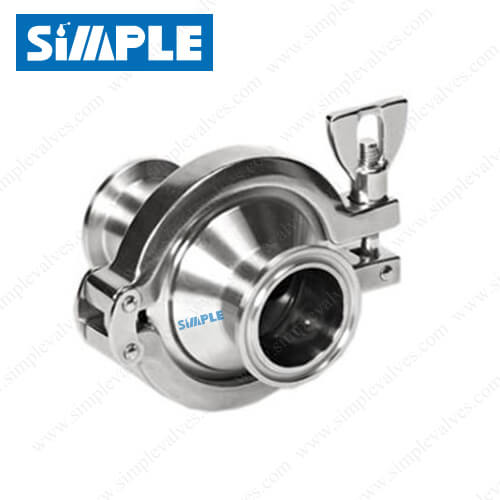
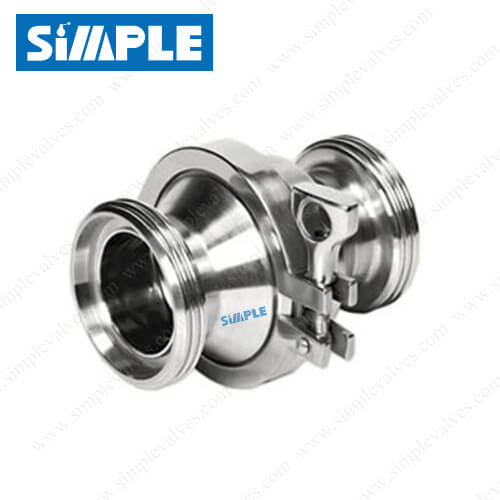
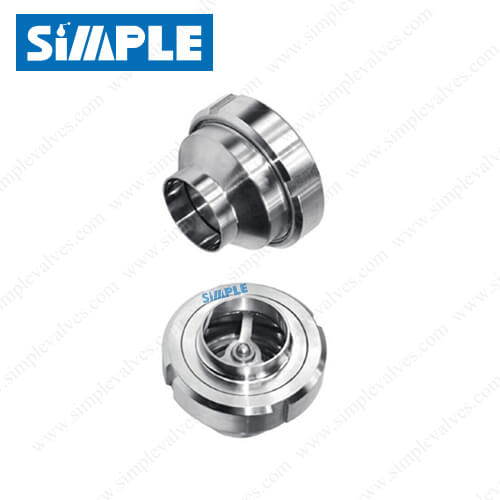
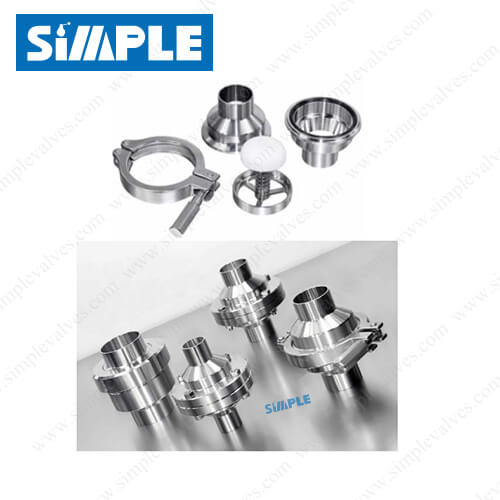
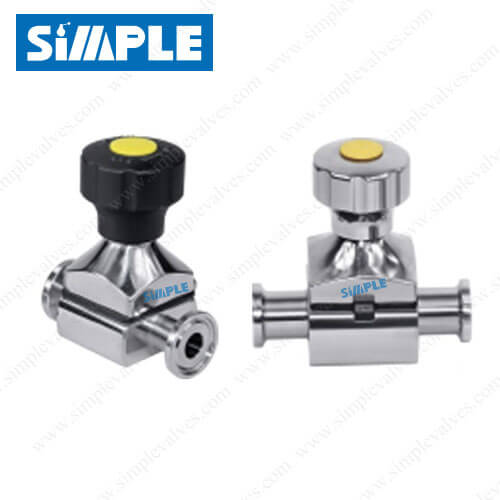
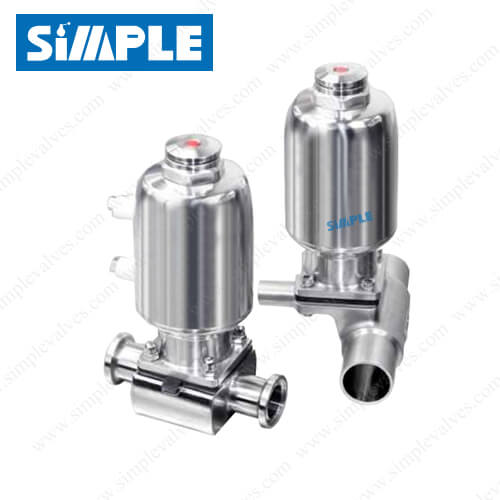
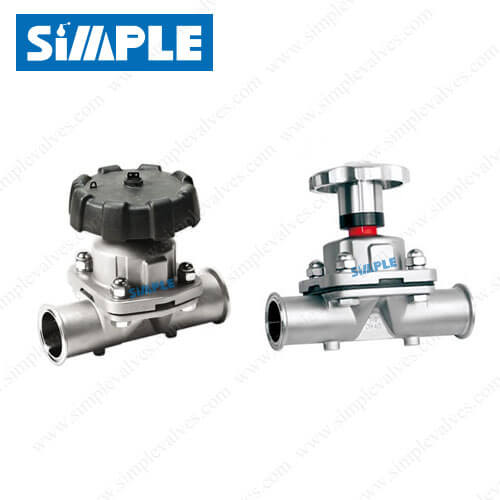
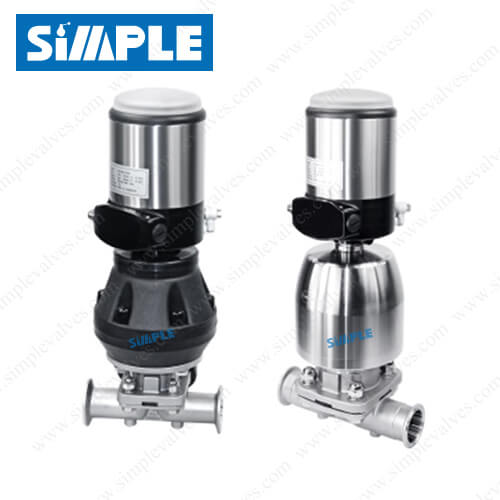
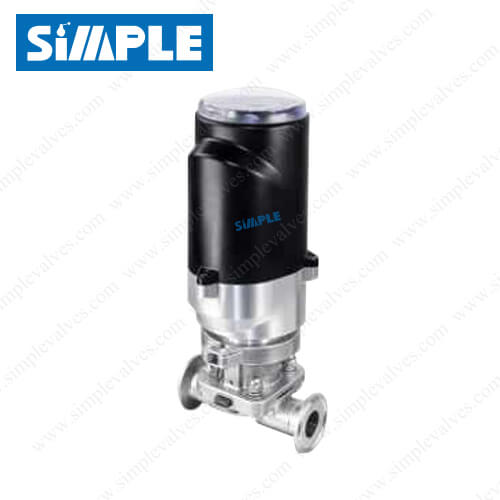
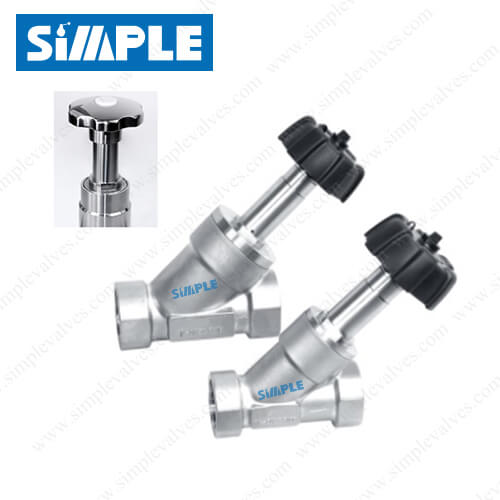
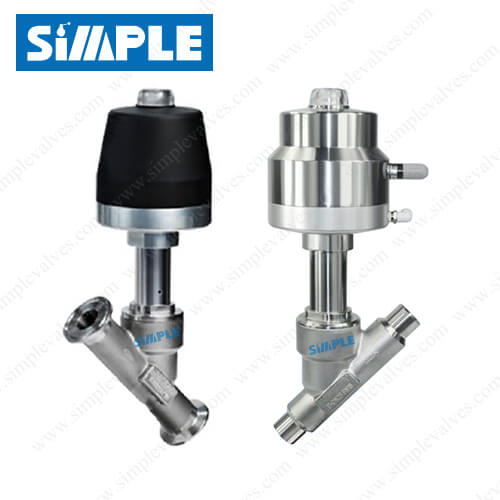
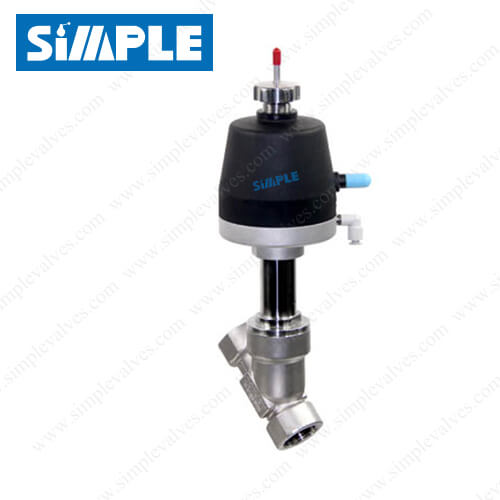
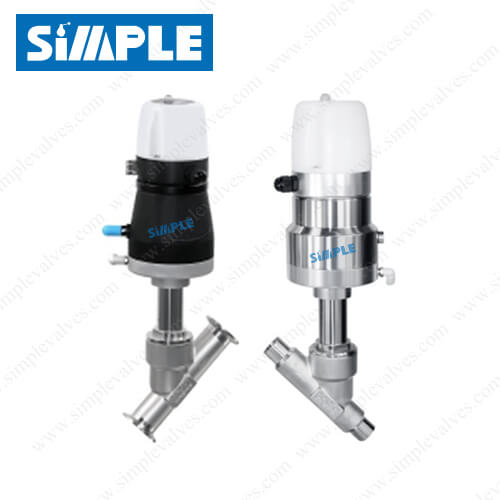
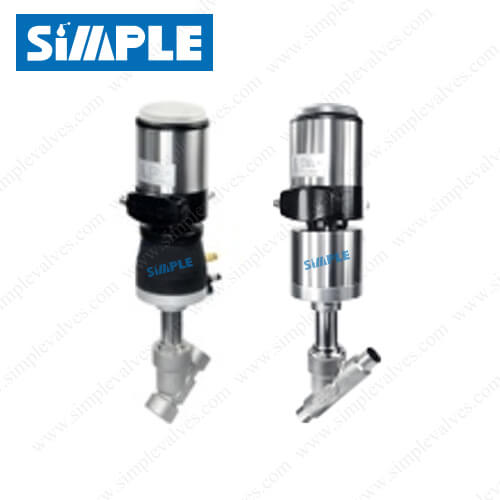
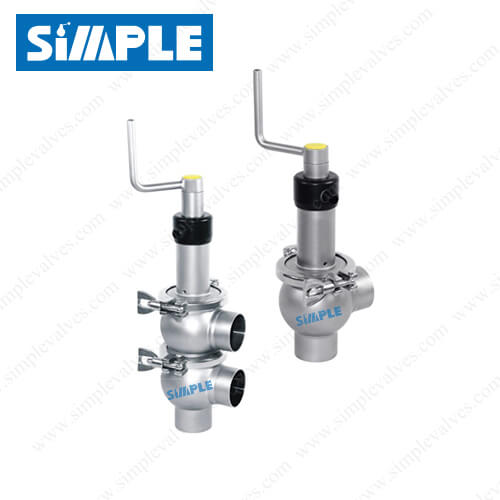
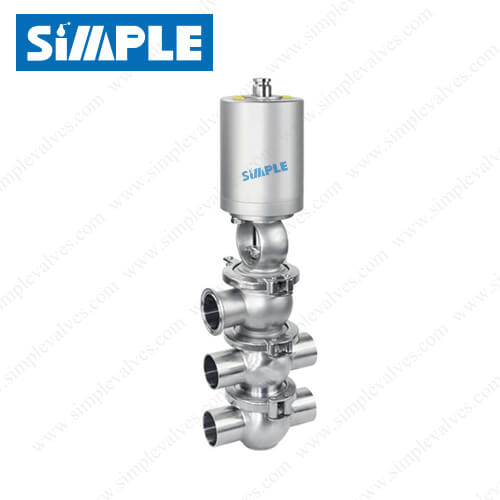

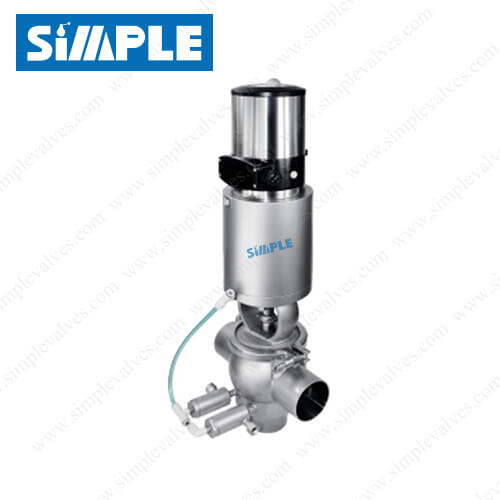
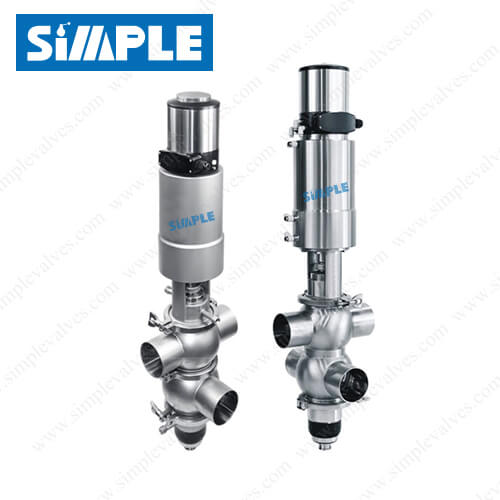

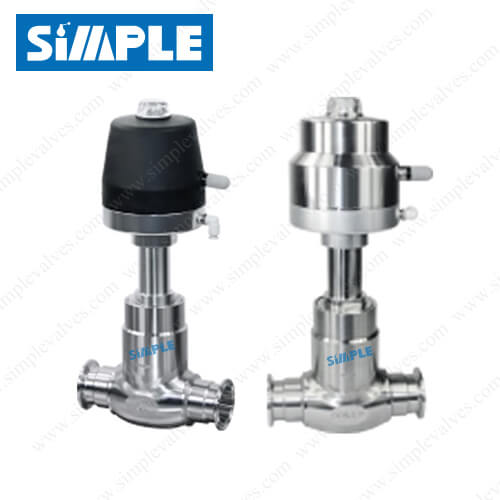
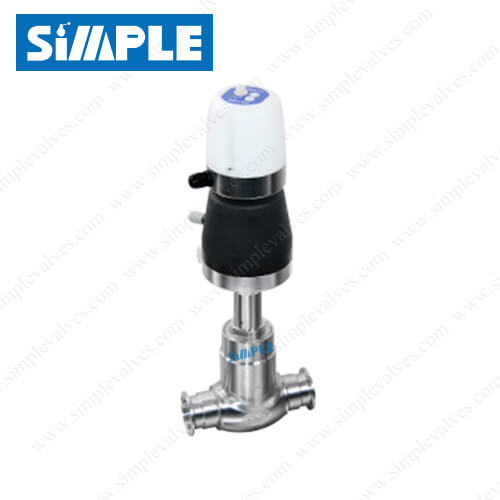
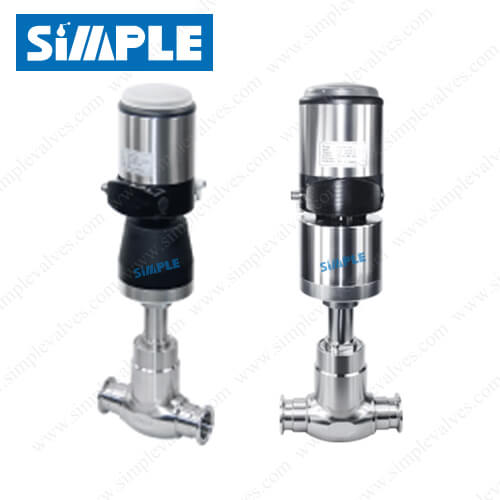
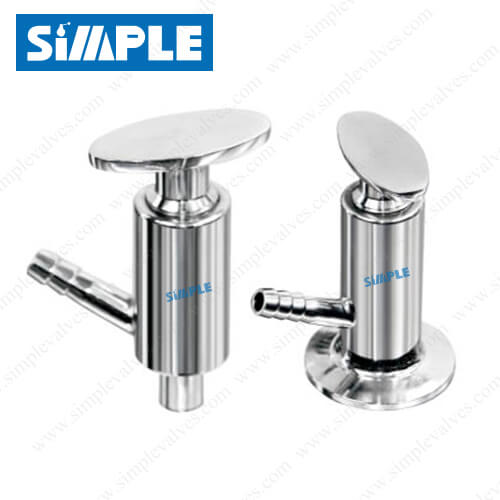
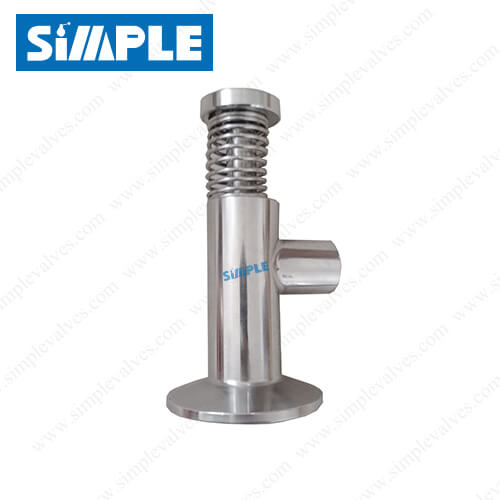
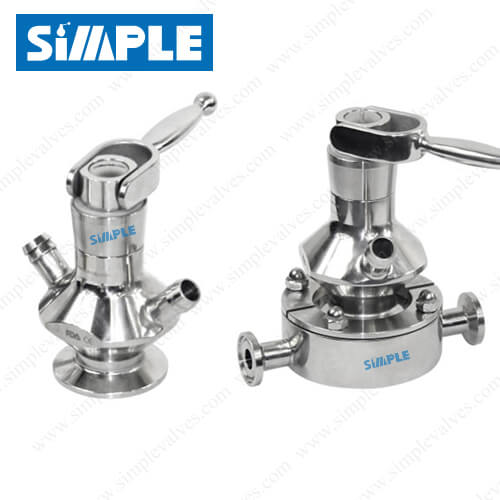
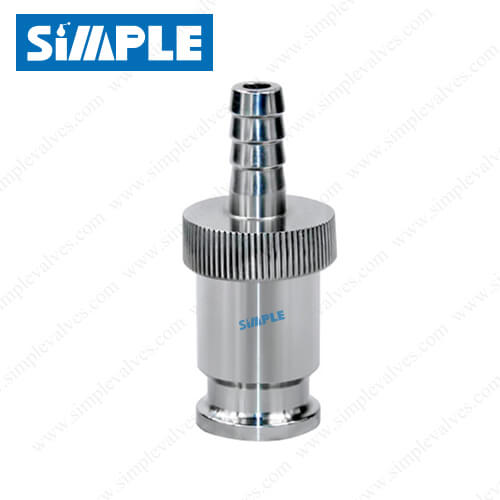
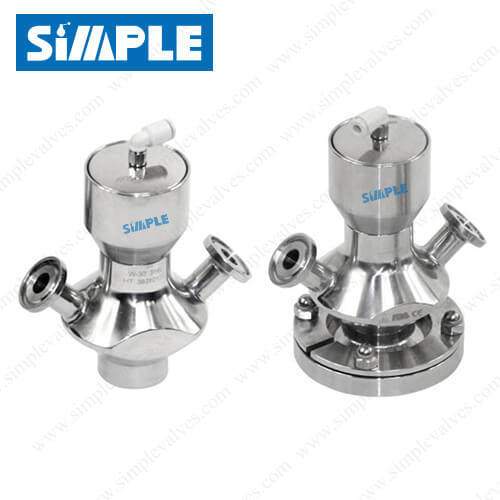
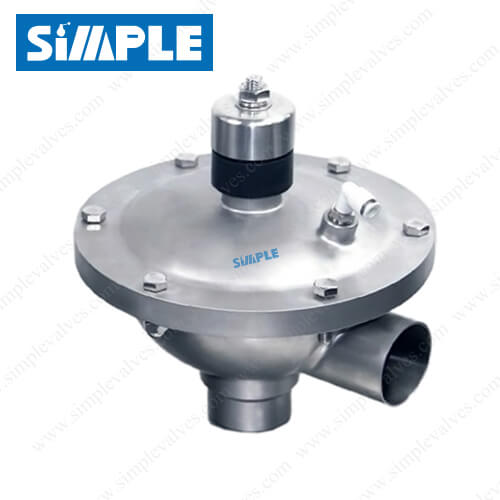
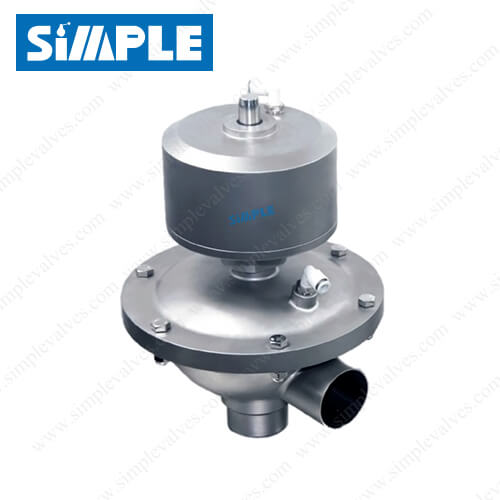
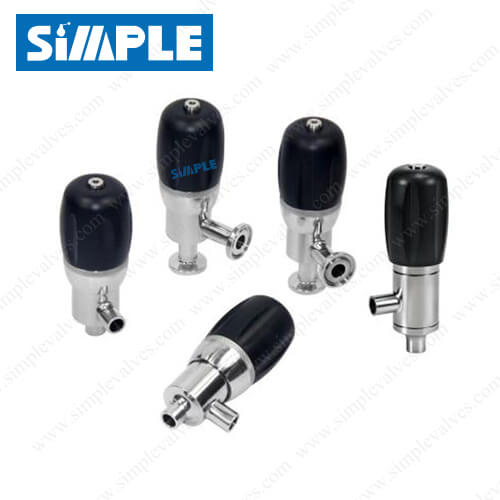
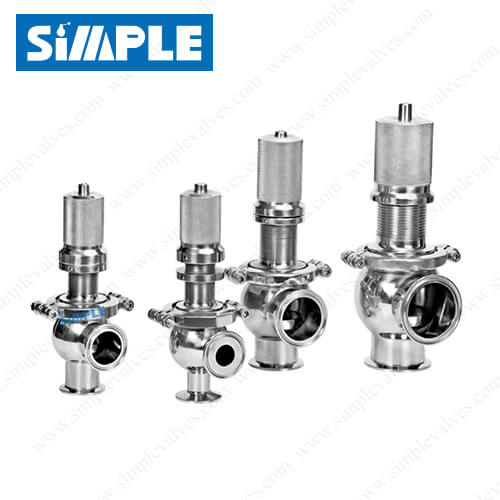
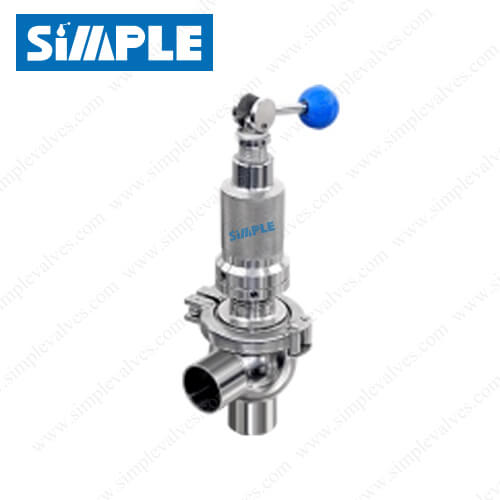
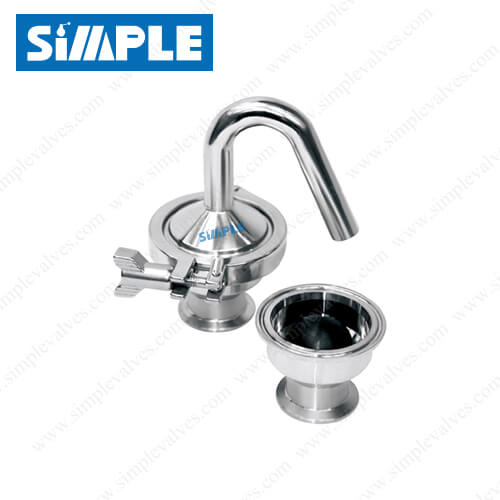
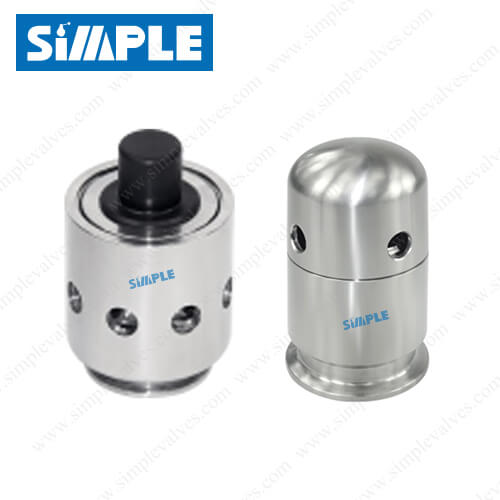
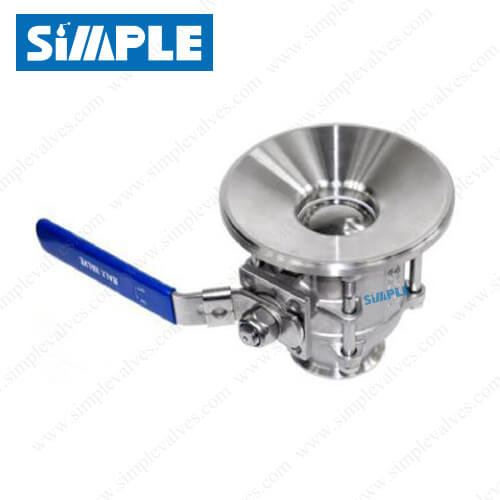
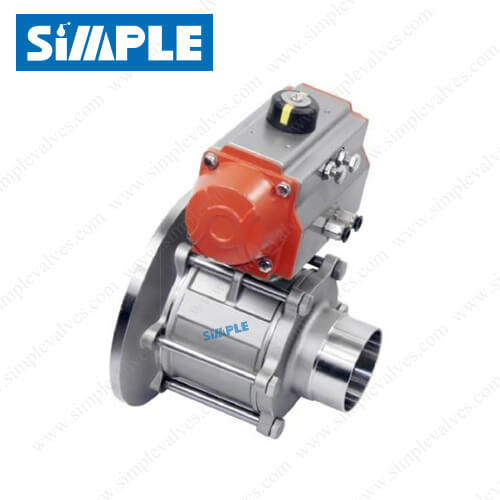
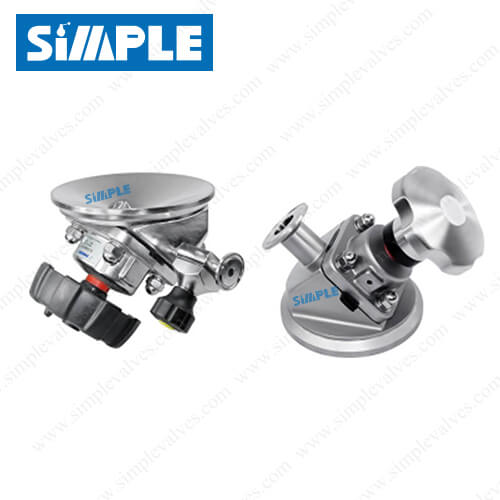
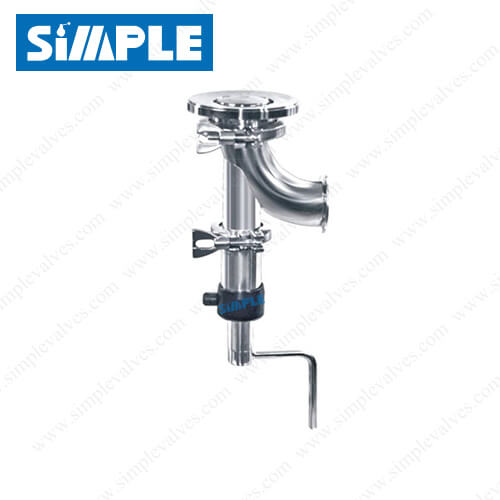
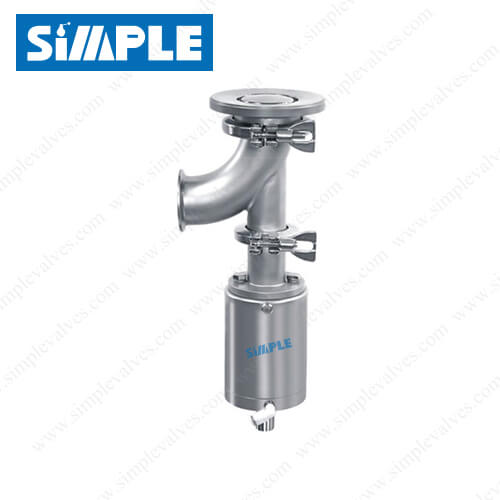
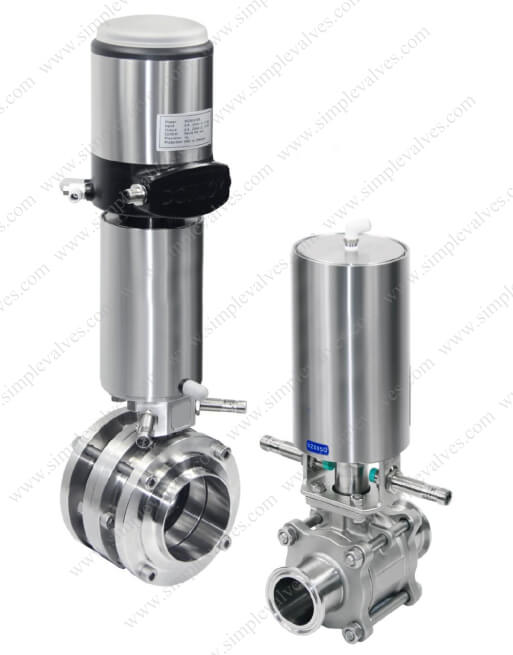
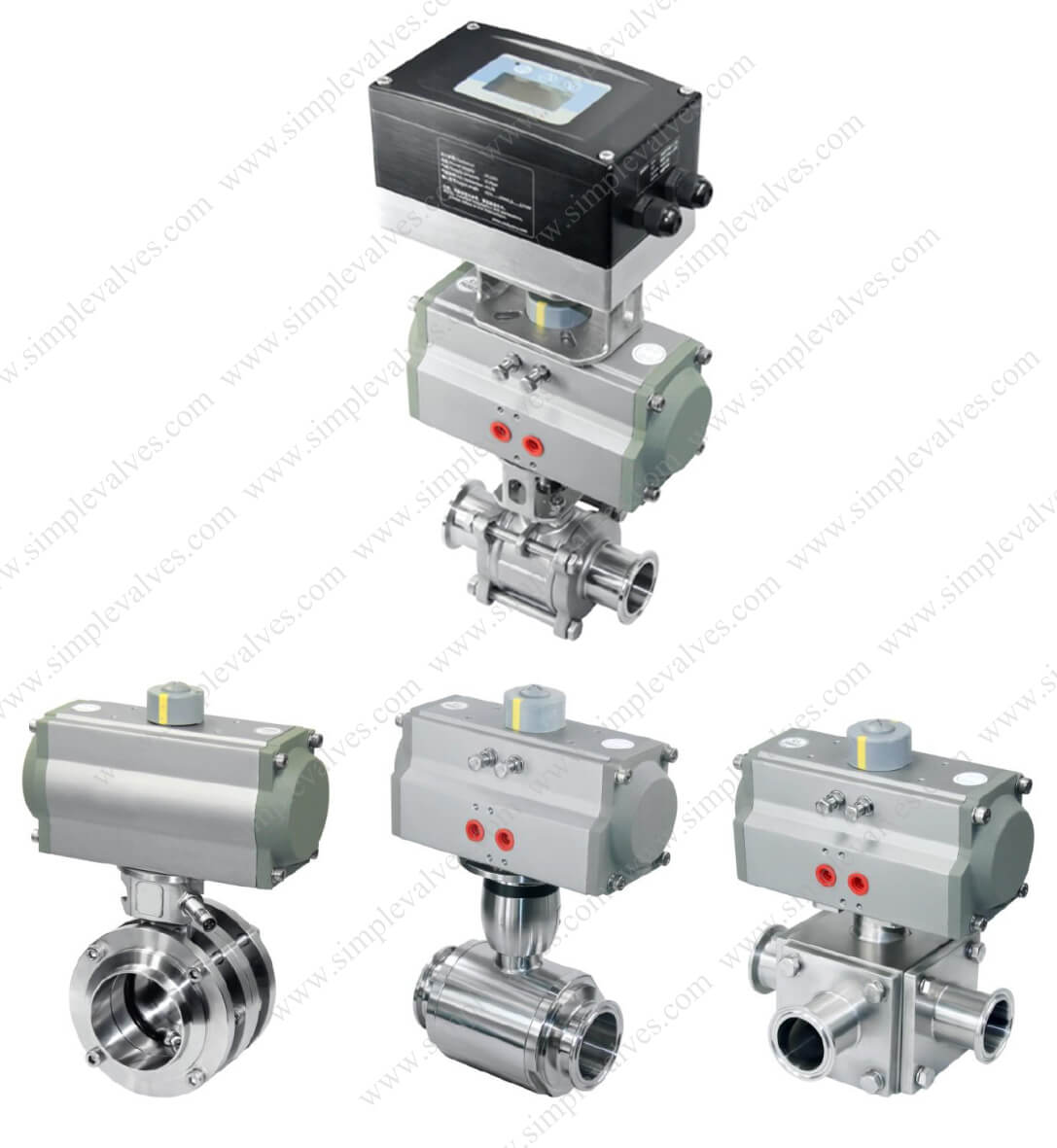
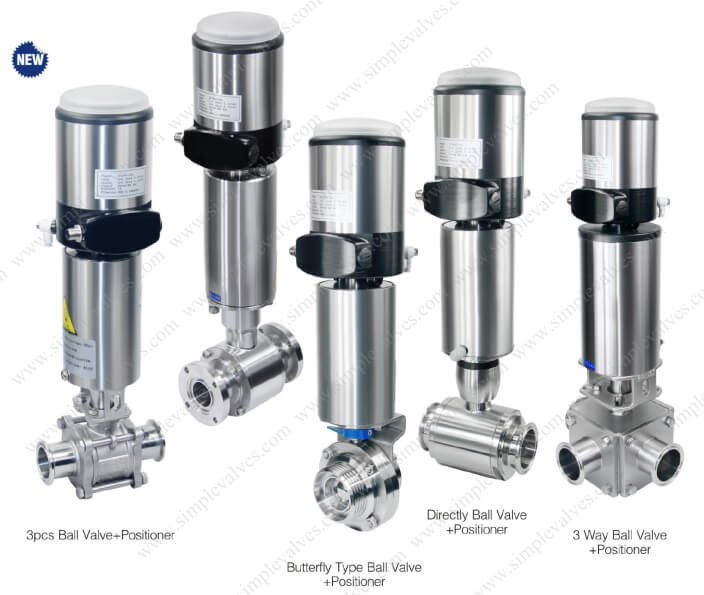
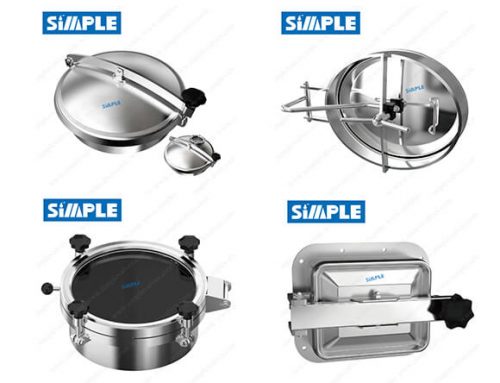
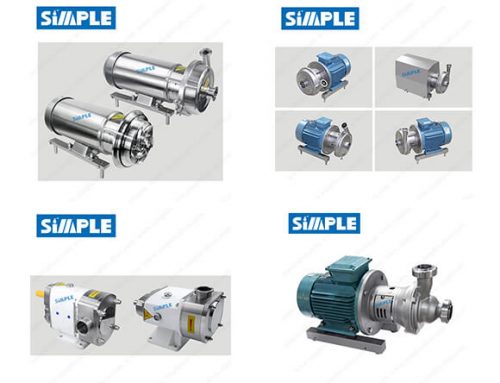
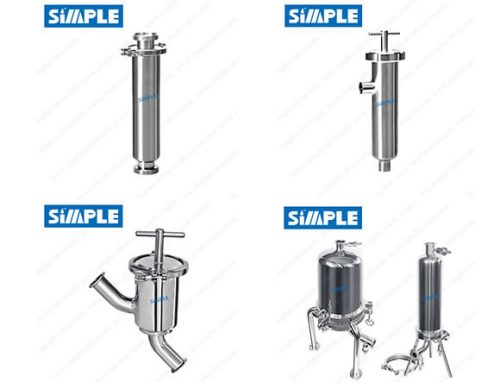
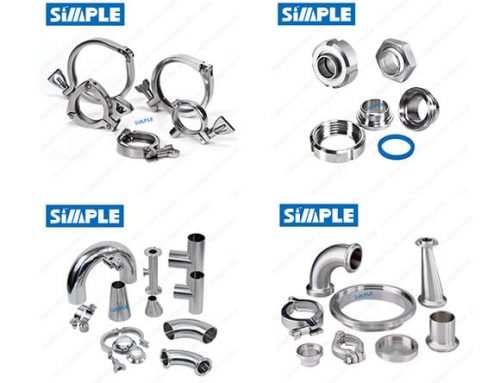
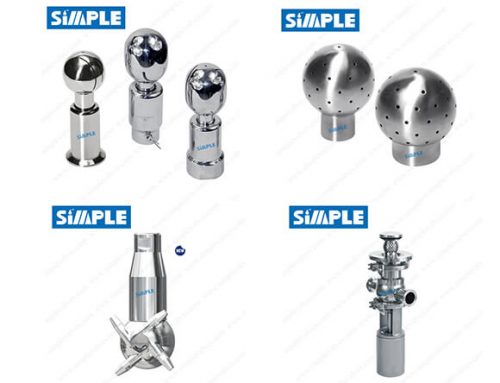
Leave A Comment